Bountiful Bamboo: The Uses and Benefits of This Eco-Friendly Plant
Written by BRIAN MCCARTHY
Written by BRIAN MCCARTHY
Bamboo is a beautiful and sustainable material used in various products, from outdoor furniture and flooring to cutting boards and utensils. Learn about the uses and benefits of this eco-friendly plant and see why it makes a great yoga board.
What is Bamboo?
While many people mistakenly believe that bamboo is a type of wood, the bamboo plant is giant woody grass mainly found in the tropics, known for rapid growth and its use in eco-friendly products. The young shoots of the bamboo tree can be eaten, but bamboo is typically used to make furniture or other household goods. There are many varieties of bamboo, including heavenly bamboo, clumping bamboo, and Moso bamboo, which each have slightly different properties and are better suited for creating varying products.
What is Bamboo Used For?
Bamboo has many uses, including flooring, roofing, furniture, fabrics, and paper. Bamboo is also the main component of yoga platforms or yoga boards like The Root Board, because it perfectly matches the flooring of a typical yoga studio. This is especially desirable for yogis who practice at home, on an uneven surface like carpet. Bamboo leaves can be eaten and are used in various Asian dishes.
Why is Bamboo a Better Choice for the Environment?
Bamboo is known for its sustainability and is often better for the environment than other wood choices. Bamboo plants are the fastest-growing perennial in the world, making it a great choice compared to tree woods because bamboo is less scarce and takes fewer resources to farm. Bamboo also protects against soil degradation and erosion and can consume more carbon from the atmosphere than trees. This can help to eliminate greenhouse gases and slow the effects of global warming.
Why is Bamboo Better Than Wood or Plastics?
Bamboo is better than wood or plastic because of its limited environmental impact. Trees don’t grow as quickly as bamboo, moreover harvesting trees lead to deforestation and global warming. As for the durability and longevity of wood products, the weight-to-hardness ratio is superior in bamboo compared to wood. For how hard bamboo is, with a Janka Hardness Rating of 1380-4000, it is relatively light, ensuring the products created with it are lightweight yet durable. Bamboo is also better than plastic because it is biodegradable and creates fewer carbon emissions in the production process.
How to Care for Bamboo Products?
Depending on the bamboo product, you may need to care for it differently. For bamboo cutting boards, you should clean them regularly with soap and water. You may need to clean outdoor furniture with a mixture of soap and ammonia and seal it with a UV protectant.
For a yoga platform like The Root Board, you should only need to wipe it down occasionally with a moist towel. If you use it outdoors, you may need a more thorough clean with a wrung-out damp cloth followed by a soft dry cloth.
Why is Bamboo Ideal for a Yoga Floor?
We chose Moso bamboo as the material for the Root Board for several reasons. First, bamboo is the perfect option for a yoga floor because it is flexible, so it’s soft enough to feel comfortable under the head, knees, or hands but also rigid to offer a safe, stable surface for balancing in various poses.
Secondly, because of its weight-to-hardness ratio. Bamboo is lighter than wood with similar Janka hardness ratings, making it a better choice for a portable surface for practicing yoga. Thirdly, bamboo also withstands heat, moisture, and humidity better than wood surfaces, which helps with hot or sweaty sessions and ensures a long flooring lifespan.
And finally, we chose bamboo for its positive impact on the environment. As a fast-growing grass that captures CO2 better than trees and can be sustainably harvested, it is an ideal material for saving the planet from global warming. OK, it’s a small impact, but it is something, and we all need to do the little things to improve the planet.
Choose a Bamboo Yoga Board for At-Home Practice
While a bamboo floor isn’t essential to practice yoga, it can make your experience safer, more comfortable, and potentially more beneficial.
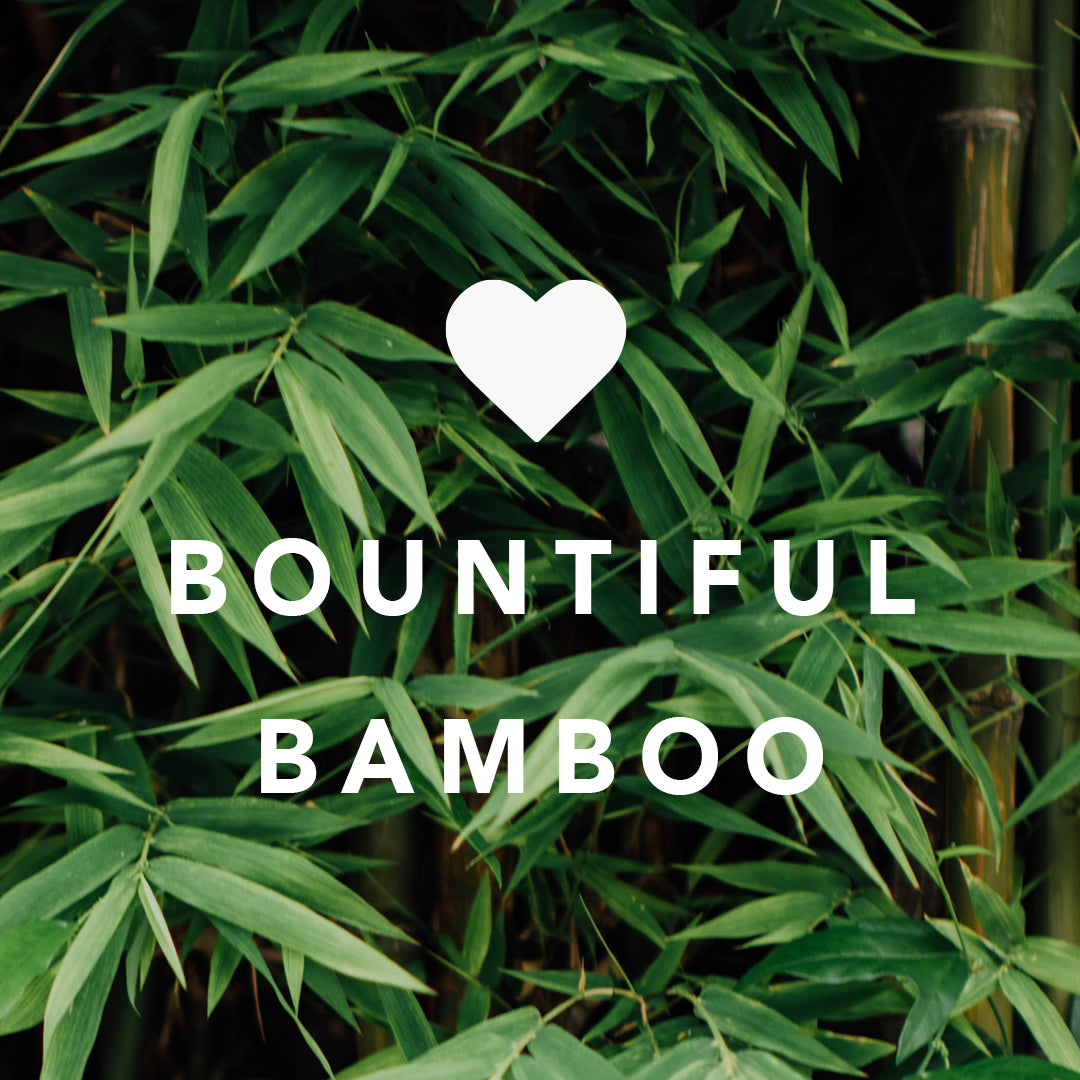



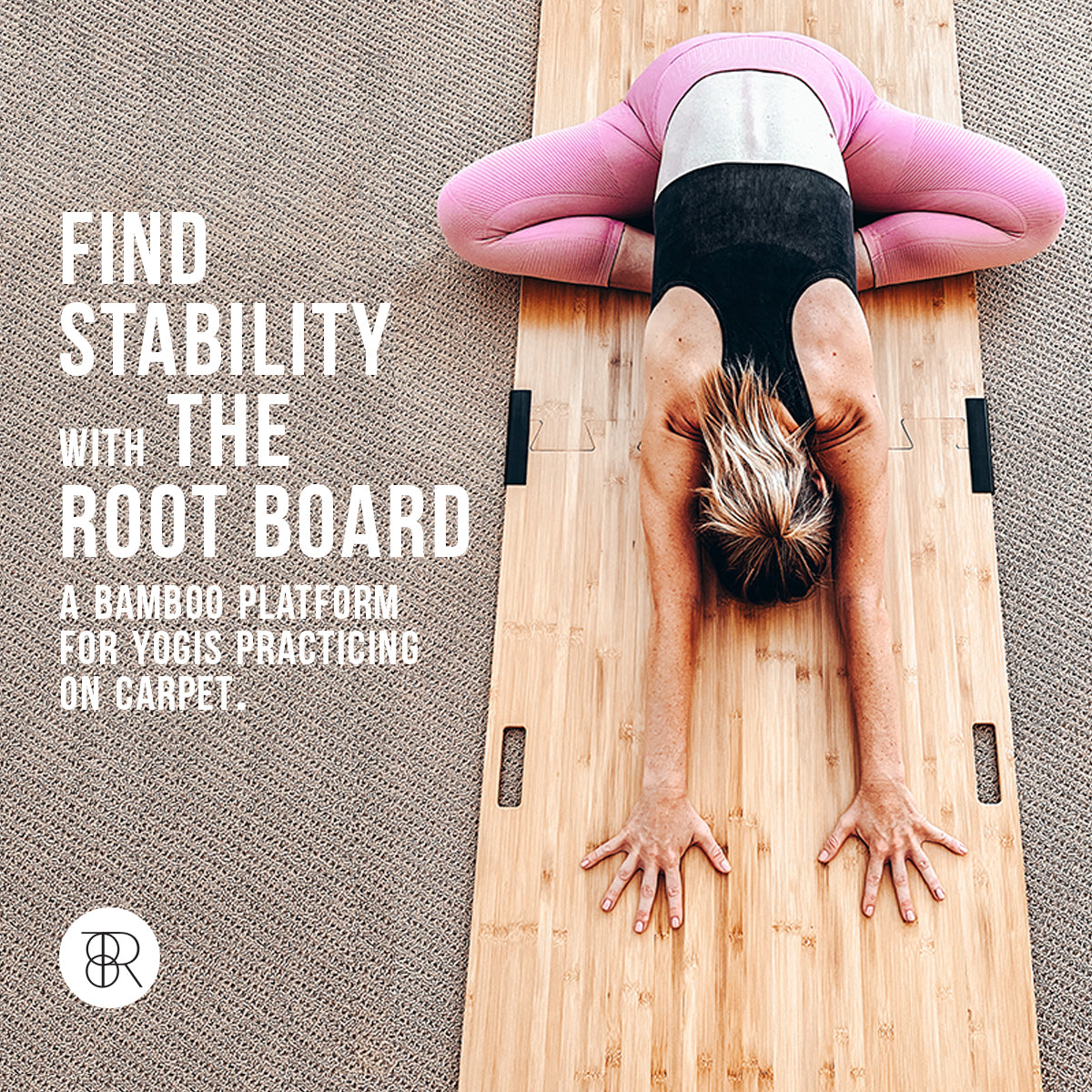
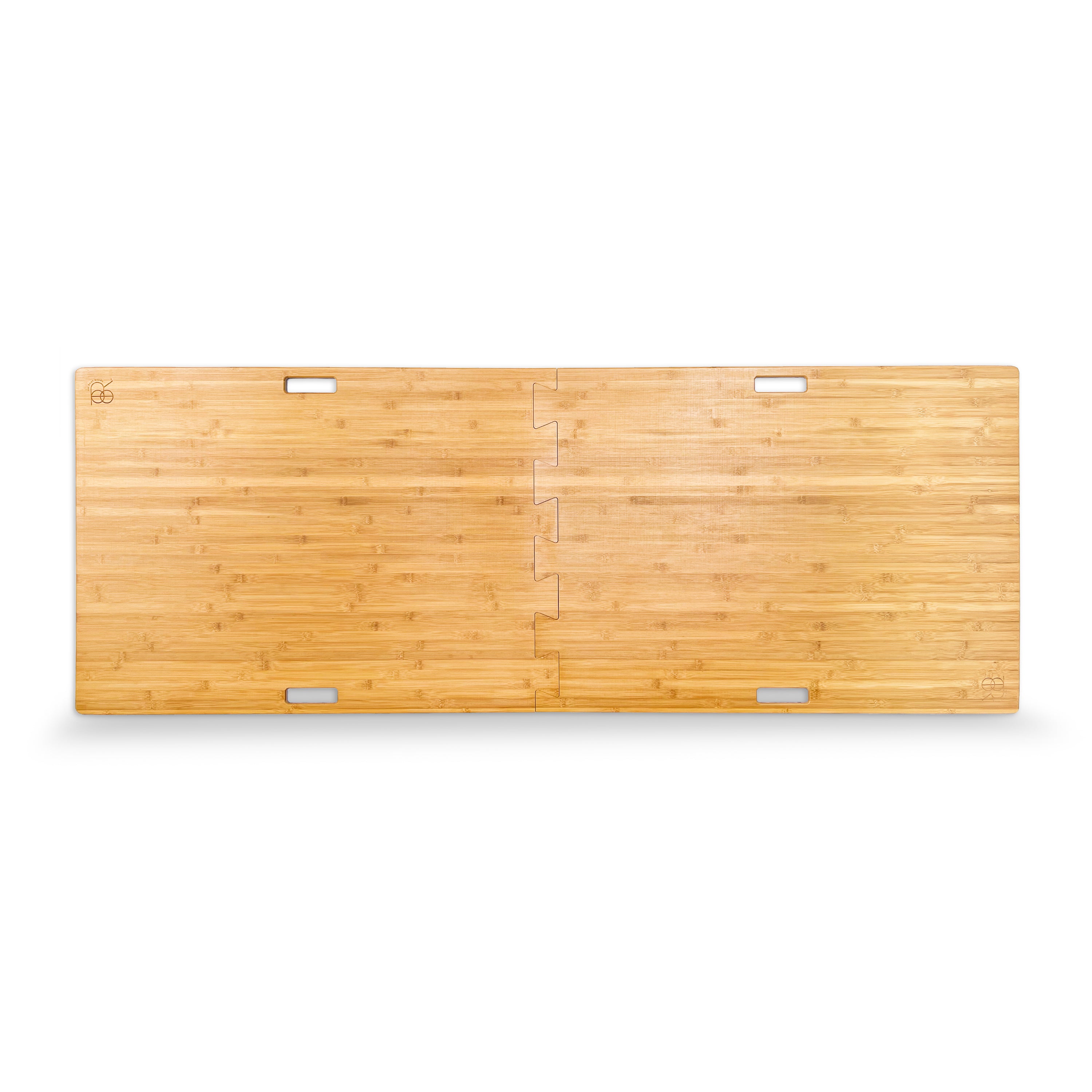
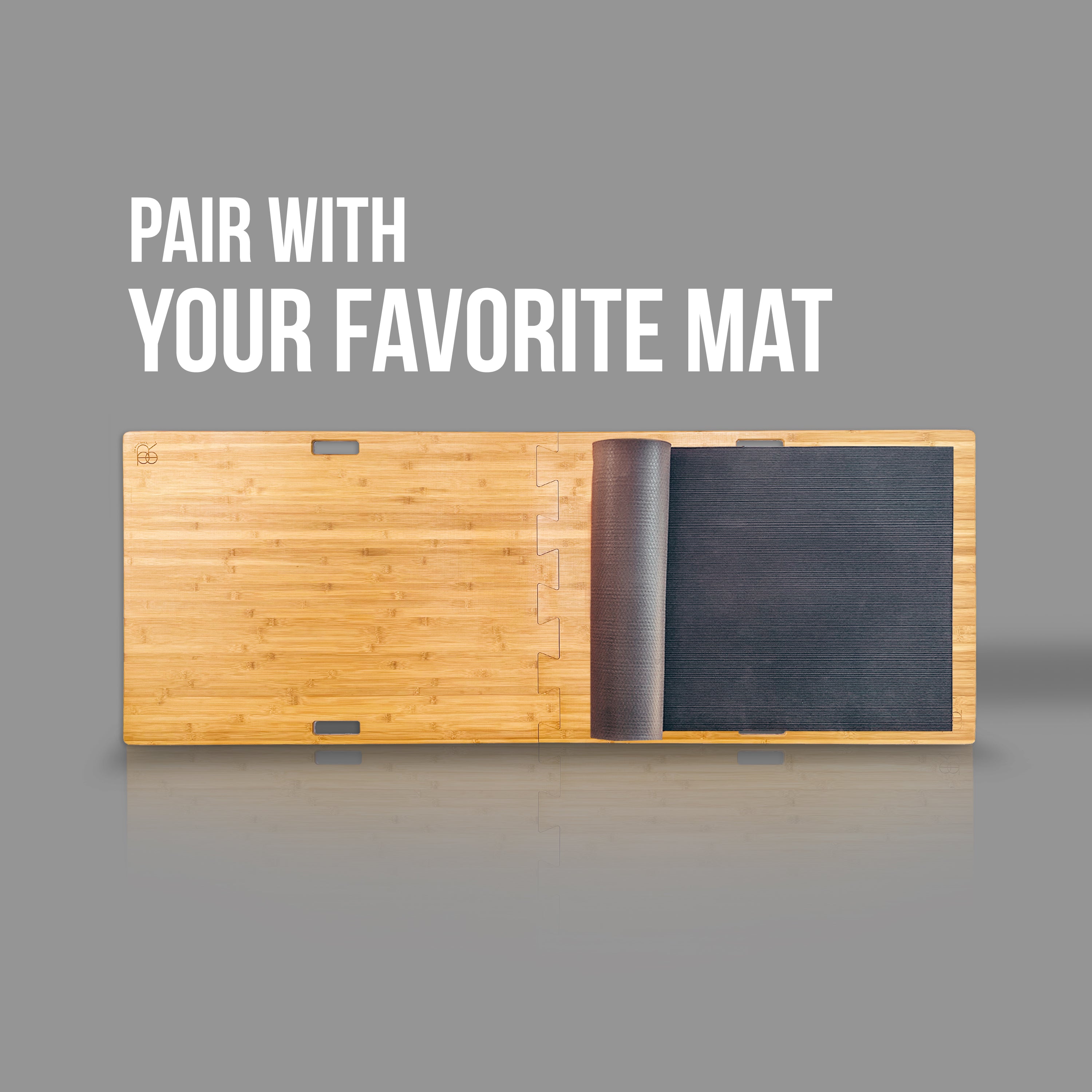
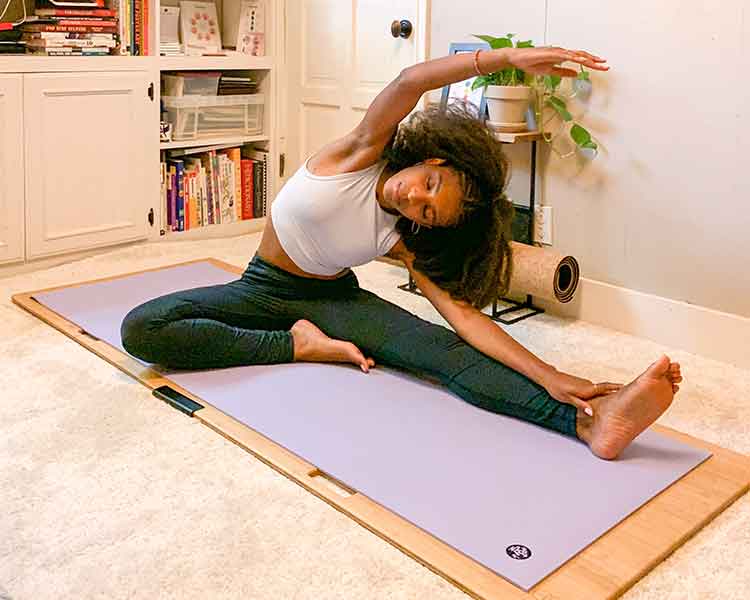
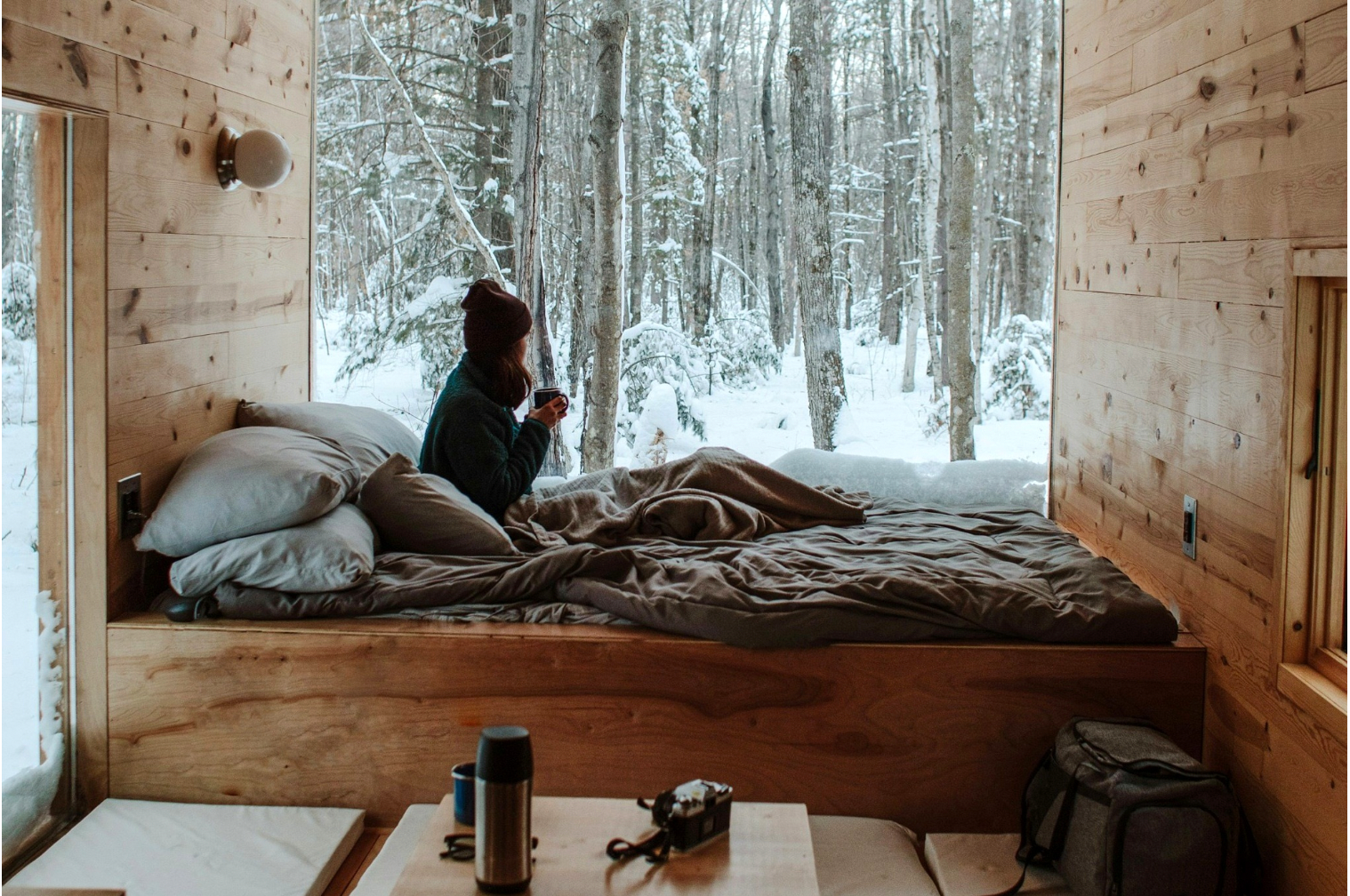
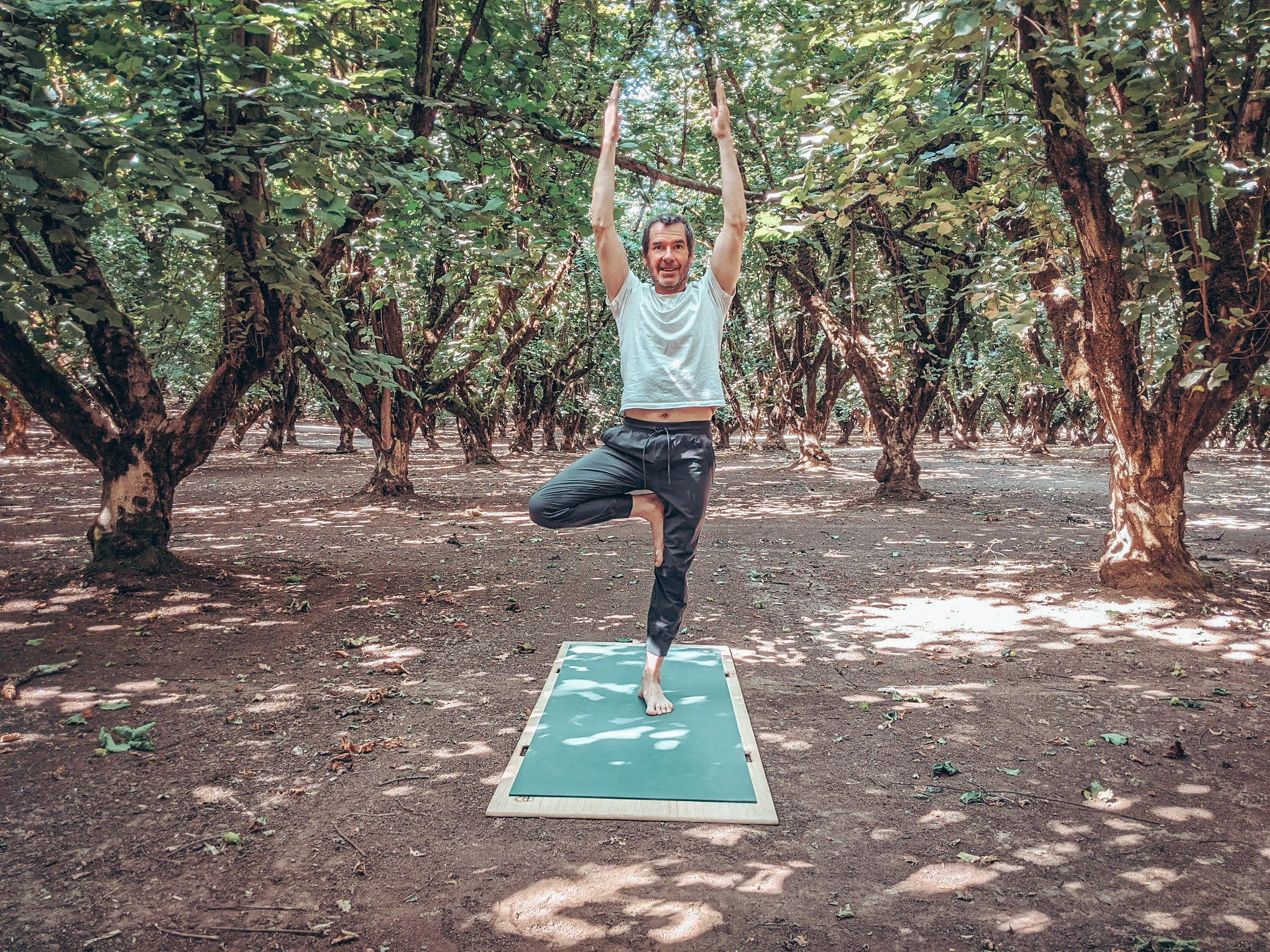
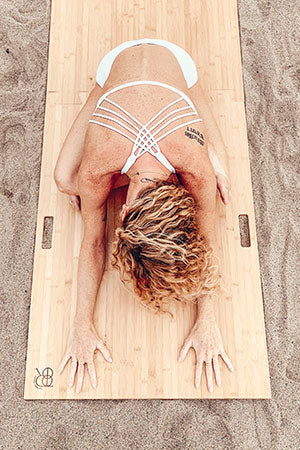
Comments